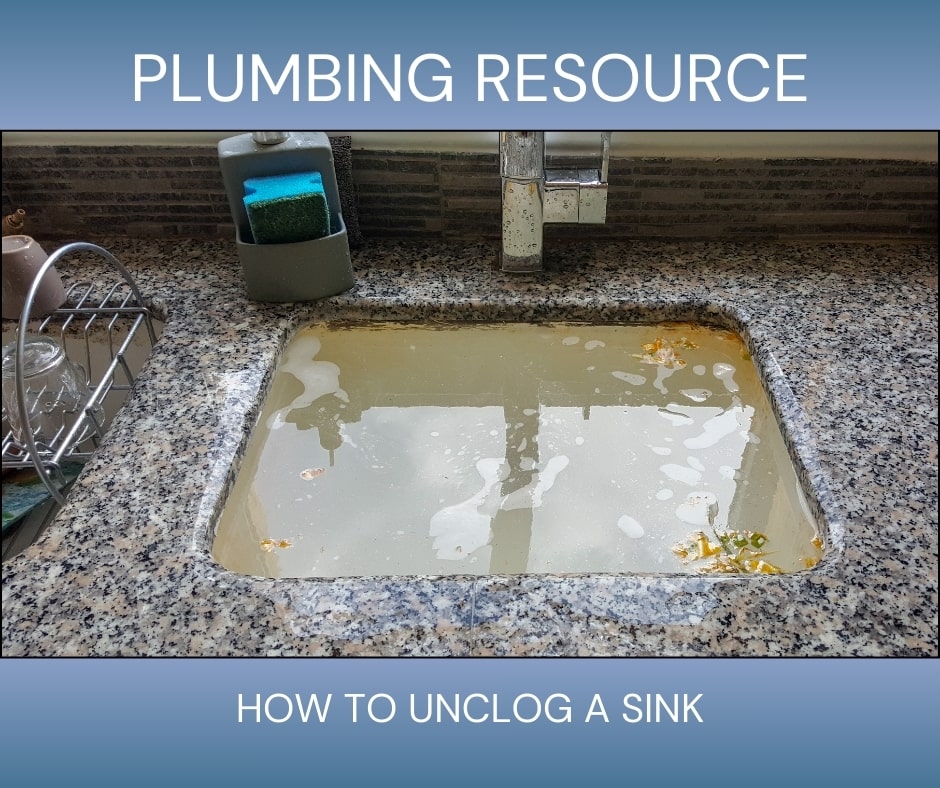A clogged sink is one of the most common plumbing issues homeowners face. Whether it’s a slow drain or a full blockage, resolving the issue properly ensures smooth drainage and prevents future clogs. In this guide, we’ll cover all possible scenarios, from simple fixes to more advanced plumbing techniques.
Understanding the Cause of the Clog
Before diving into solutions, it’s important to identify the cause of the blockage. The most common reasons for a clogged sink include:
- Grease and Fat Buildup – Cooking oils and grease solidify inside pipes.
- Food Particles – Leftover food, coffee grounds, and debris can accumulate over time.
- Soap Scum and Hair – Common in bathroom sinks, these form sticky masses.
- Foreign Objects – Items like jewelry, bottle caps, or cotton swabs may be lodged in the drain.
- Mineral Buildup – In areas with hard water, mineral deposits can narrow pipes.
- Faulty P-Trap or Main Line Clog – If multiple drains are slow, the issue may be deeper in your plumbing system.
Once you’ve identified potential causes, follow these detailed steps to unclog your sink.
Step 1: Remove and Inspect the Stopper or Strainer
Tools Needed:
- Adjustable wrench (if necessary)
- Bucket
- Rubber gloves
- Flashlight
Procedure:
- If your sink has a strainer or stopper, remove it carefully. Some stoppers lift out easily, while others require unscrewing from below the sink.
- Look for visible debris, hair, or gunk blocking the drain. If present, clean it out using your hands or tweezers.
- Rinse the stopper or strainer with hot water and soap before replacing it.
- Run water to check if the clog is resolved.
If the sink is still clogged, proceed to the next step.
Step 2: Boiling Water Flush (For Grease and Soap Buildup)
Tools Needed:
- Large pot of boiling water
- Heat-resistant gloves
Procedure:
- Boil a large pot of water.
- Carefully pour the boiling water directly into the drain.
- Wait for five minutes and check if the water drains properly.
- If the clog persists, repeat up to three times.
Caution: Avoid using this method if you have PVC pipes, as excessive heat can damage them.
If boiling water does not work, try the next method.
Step 3: Use a Plunger
Tools Needed:
- Sink plunger (not a toilet plunger)
- Water
- Cloth or towel
Procedure:
- If your sink has an overflow drain hole, seal it with a wet cloth to create suction.
- Fill the sink with enough water to submerge the plunger’s rubber cup.
- Position the plunger over the drain and press down firmly.
- Use a vigorous up-and-down motion for 30 seconds.
- Remove the plunger and check if the water drains.
- Repeat as necessary until the clog is cleared.
If plunging doesn’t work, move on to the next step.
Step 4: Baking Soda and Vinegar Method (Natural DIY Solution)
Tools Needed:
- 1 cup baking soda
- 1 cup white vinegar
- Boiling water
- Measuring cup
Procedure:
- Pour 1 cup of baking soda directly into the drain.
- Follow with 1 cup of white vinegar.
- Let the mixture fizz for 15-30 minutes.
- Flush with boiling water.
- Run hot tap water for a minute to clear any residue.
If the clog persists, try the next method.
Step 5: Snake the Drain (For Deeper Clogs)
Tools Needed:
- Drain snake or auger
- Bucket
- Rubber gloves
Procedure:
- Insert the drain snake into the pipe opening.
- Turn the handle to feed the snake deeper.
- When you feel resistance, rotate the snake to break up the clog.
- Slowly pull the snake out, removing any debris.
- Run water to ensure the drain is clear.
For tough clogs, move to the next step.
Step 6: Remove and Clean the P-Trap
Tools Needed:
- Pipe wrench or pliers
- Bucket
- Cleaning brush
Procedure:
- Place a bucket under the P-trap to catch any water.
- Use a wrench to loosen the slip nuts holding the P-trap.
- Remove the trap and inspect it for blockages.
- Clean the P-trap thoroughly with a brush and warm water.
- Reassemble the P-trap and tighten the slip nuts.
- Run water to check for proper drainage.
If the sink is still clogged, the blockage may be deeper.
Step 7: Check the Main Drain Line
If multiple drains in your home are slow, the main sewer line might be clogged.
Signs of a Main Line Clog:
- Water backing up into other sinks or tubs.
- Gurgling noises when flushing toilets.
- Persistent slow drainage despite clearing individual drains.
Solution:
- Try an auger or plumber’s snake to reach deeper clogs.
- Check your cleanout pipe (usually outside your house) and clear any visible obstructions.
- Call a professional plumber if the issue persists, as this may require hydro jetting or deeper inspection.
Preventing Future Clogs
- Use drain strainers to catch food, hair, and debris.
- Avoid pouring grease or coffee grounds down the drain.
- Flush with hot water and vinegar monthly to dissolve buildup.
- Dispose of waste properly instead of relying on the garbage disposal.
- Regularly clean your P-trap to prevent gunk accumulation.
Final Thoughts
A clogged sink can range from a simple fix to a more complex plumbing problem. By following this comprehensive guide, you’ll be able to resolve most clogs on your own. If you experience frequent or severe blockages, it may indicate a larger issue in your plumbing system, and a professional plumber should be consulted.

